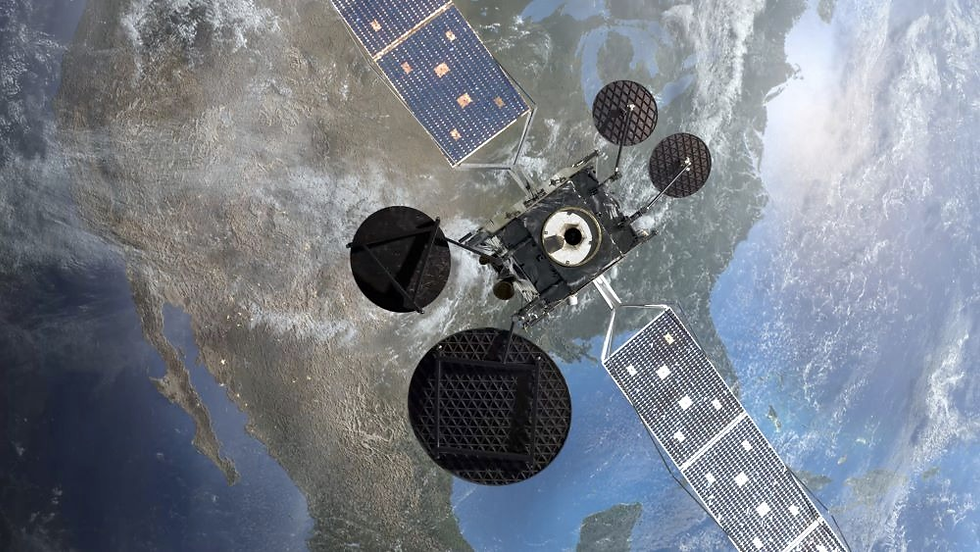University of Sydney and Dewpoint Innovations Create Cooling Paint That Harvests Drinking Water From Air
- MM24 News Desk
- 3 days ago
- 3 min read

University of Sydney researchers in partnership with Dewpoint Innovations have developed a nanoengineered cooling paint that reflects 97 percent of sunlight while harvesting up to 390 mL of water per square meter daily from atmospheric moisture. The breakthrough coating, which keeps surfaces 6 degrees Celsius cooler than ambient air, could address both urban heat islands and water scarcity without energy input.
This isn't just another white paint—it's a sophisticated water-harvesting system that works like nature's own condensation methods. While you've seen steam condense on your bathroom mirror, this coating creates similar conditions on building surfaces through passive cooling, reported the University of Sydney research team. The technology represents a dual solution to two pressing climate challenges.
Professor Chiara Neto from the University of Sydney Nano Institute and School of Chemistry led the groundbreaking research. "This technology not only advances the science of cool roof coatings but also opens the door to sustainable, low-cost and decentralised sources of fresh water—a critical need in the face of climate change and growing water scarcity," she said.
The secret lies in the coating's unique porous structure made of polyvinylidene fluoride-co-hexafluoropropene (PVDF-HFP). Unlike traditional white paints that rely on titanium dioxide pigments, this material achieves its remarkable cooling effect through internal architecture rather than chemical additives. This design breakthrough means the coating maintains its performance without degrading under harsh sunlight.
During a comprehensive six-month outdoor study conducted on the roof of the Sydney Nanoscience Hub, the coating demonstrated its practical potential. Researchers found that dew could be collected over 32 percent of the year, providing a predictable water supply even during rain-free periods. The system's reliability surprised even the research team, showing no performance degradation despite Australia's intense solar exposure.
Dr Ming Chiu, the study's lead author and Chief Technology Officer of Dewpoint Innovations, explained the engineering advantages. "Our design achieves high reflectivity through its internal porous structure, delivering durability without the environmental drawbacks of pigment-based coatings," he said. "By removing UV-absorbing materials, we overcome the traditional limit in solar reflectivity while avoiding glare through diffuse reflection."
The water harvesting capabilities could transform how buildings function in both urban and rural settings. A modest 12-square-meter surface coated with the material could supply the daily drinking needs of one person under optimal conditions. But the applications extend far beyond drinking water—the technology could provide water for agricultural purposes, livestock, cooling systems through misting, and even hydrogen production through electrolysis.
What makes this development particularly timely is its potential impact on urban heat islands. As cities worldwide grapple with rising temperatures from climate change and concentrated development, this coating offers a way to reduce building temperatures while simultaneously addressing water needs. The passive cooling effect could significantly lower energy demands for air conditioning, creating a virtuous cycle of resource conservation.
The research, published in Advanced Functional Materials, challenges conventional assumptions about atmospheric water harvesting. Many experts previously believed dew collection only worked effectively in humid climates, but the University of Sydney team demonstrated otherwise. "While humid conditions are ideal, dew can form even in arid and semi-arid regions where night-time humidity rises," Professor Neto explained. "It's not about replacing rainfall but supplementing it—providing water where and when other sources become limited."
This technology arrives as global water scarcity affects billions of people and urban heat causes thousands of heat-related deaths annually. The paint-like application method means it could be scaled relatively easily across buildings, agricultural structures, and other surfaces without requiring complex installation procedures or energy-intensive operation.
As climate change intensifies both heat stress and water insecurity, solutions that address multiple challenges simultaneously become increasingly valuable. The University of Sydney and Dewpoint Innovations have created not just a new material, but a new approach to building integration that turns passive surfaces into active resource generators.



Comments